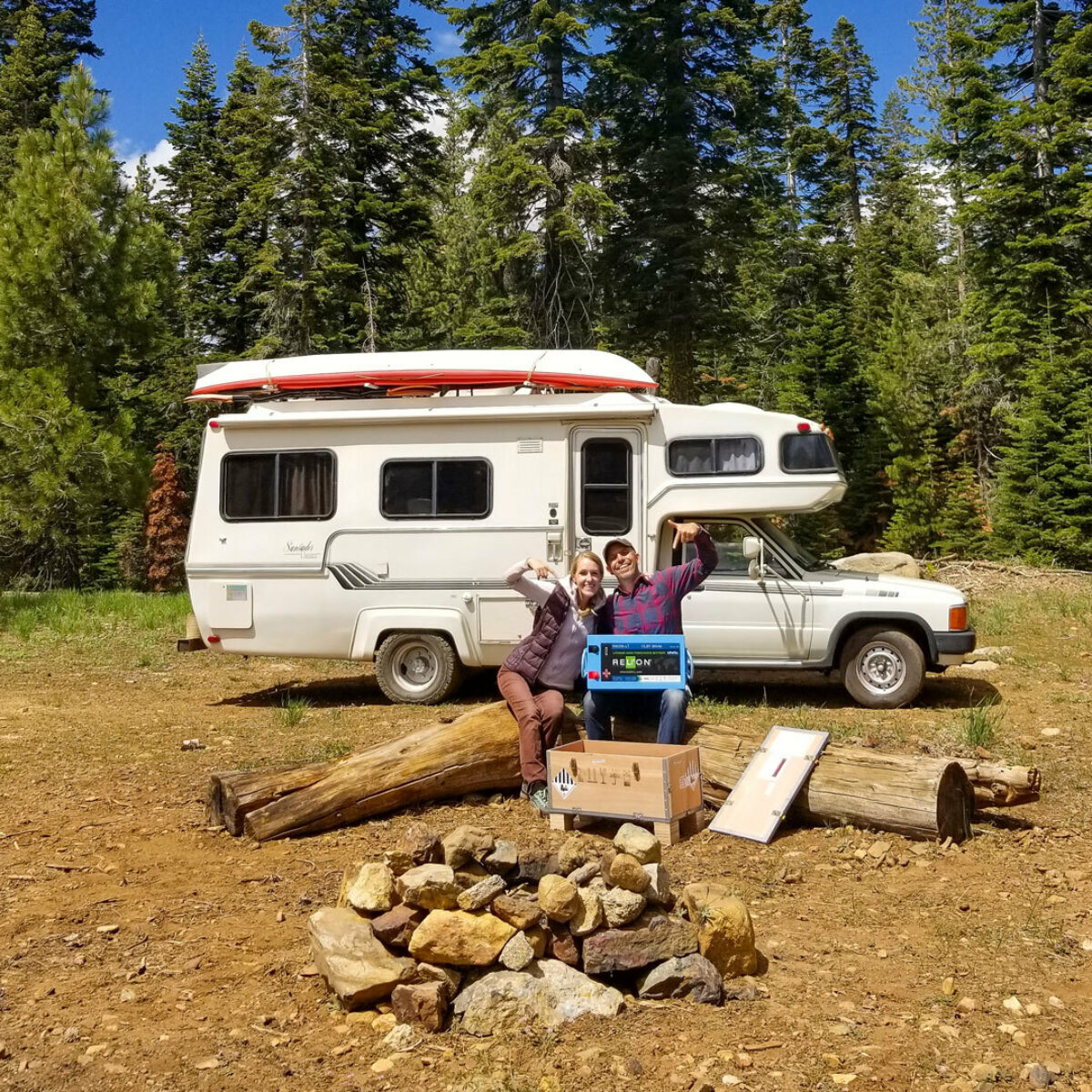Now that spring is here, it’s time to dust off those batteries you’ve been storing and start preparing for your next adventure. Before you set sail or hit the road though, it’s important to first make sure your system is all set and ready to meet your energy needs while you’re out and about. We’ve provided a list below of the top items you should focus on when taking your batteries out of seasonal storage and before you head out on your next trip.
- Check to make sure your battery was not negatively impacted during storage
- Confirm that your current energy system can still meet your load requirements
- Verify whether you need to upgrade or replace your batteries
- Test your energy system
1. Check For Any Damage To Your Battery
All batteries experience self-discharge, or loss of energy, during the weeks and months that they are not used. Self-discharge in batteries is caused by internal chemical reactions that reduce the state of charge of the battery, despite not having any connection between the electrodes or any external circuit. This is why you may find that, even though you fully charged your battery prior to placing it in storage, it will not be 100 percent charged months later. Lithium batteries average 5 percent self discharge per month, with certain lithium iron phosphate (LiFePo4 or LFP) batteries averaging less than 3 percent self-discharge per month. This is in stark contrast to lead-acid batteries, which can self-discharge up to 8 to 20 percent per month. Fortunately, lithium batteries can be discharged deeply without damaging the batteries, unlike lead-acid batteries, which you have to take care to ensure are never discharged - through actual use or self-discharge - more than 50 percent.
2. Confirm Your Energy Load Requirements
While your battery and/or solar energy system may have easily met your needs when you last used them, you may have added new, high power appliances or shifted your energy use over time. It’s important to not assume that seemingly small adjustments will not impact what you need from your energy system. It’s better to over prepare rather than the opposite when it comes to your energy system, not only for your convenience, but also for your safety when on trips. You should make a list of the items, such as appliances, that you need to use, calculate how often you use them, and what energy they require each day. You should be able to determine your maximum power requirements and calculate the battery bank size you will need based on this.
3. Decide If You Need To Upgrade Or Replace Your Battery
You may discover that, after calculating your present or anticipated energy consumption, your energy needs have grown since you last used your energy system. If this is the case, make sure that any additional batteries you need to purchase are fully compatible with your current batteries and power electronics (e.g., inverters, charge controllers).
If you have a lead-acid battery system, you may decide you would like to upgrade to lithium batteries. Some of the most common reasons for upgrading to lithium from lead-acid batteries are that the lead-acid battery bank:
- is no longer able to hold a charge like it used to
- requires an inordinate amount of maintenance
- requires a large footprint and takes up too much space
- is too heavy and unnecessarily weighs down a vehicle or vessel
- cannot be discharged more than 50 percent without causing damage

4. Test your energy system
Prior to embarking on your next trip, you will want to run a couple of tests - one at home and one while away, but still relatively close to home. Whether you will be heading out for a month-long sailing excursion or a cross country road trip, your energy system will be the key to your freedom and flexibility while away, so it’s important to test it out in advance. First, you can try using the appliances and other items you will need while docked or at home to see if your calculations were correct and you are in line with what you estimated your energy needs to be. If this test is successful, you can try taking a short trip nearby to test out your energy system, using all of the same items you plan to use on a longer distance trip. Once both of these tests can prove that you have an adequate amount of energy for your needs long-term, then you’re all set.
Of course, if you have more questions that need answering in order to be confident you’re ready for your next trip, contact an expert at RELiON today about your energy needs.
